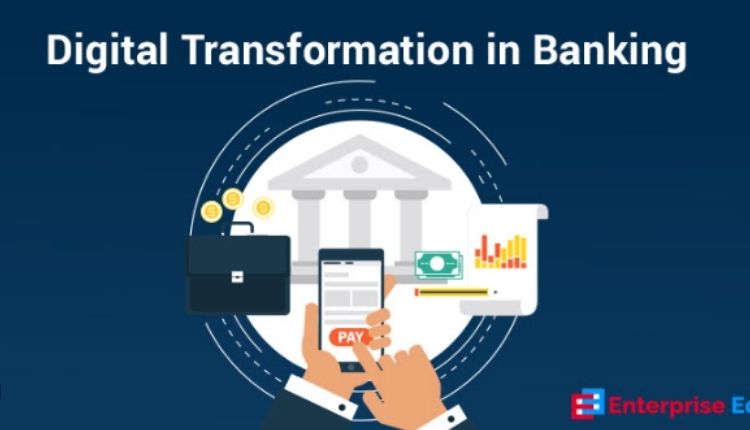The transaction banking space is one of the most important parts of the banking industry. It covers a wide range of services that facilitate domestic and international trade finance and treasury management transactions. Emerging trends and technologies are shaping this sector, resulting in higher customer expectations and new opportunities for automation. This article will explore a few of these key trends and opportunities.
Real-Time Payments
When it comes to payments, speed is key. For businesses that rely on cash flow, slow payment methods like wires and the five-day ACH window can mean lost revenue. Traditional billing methods such as paper checks and debit card payments offer only limited information about the transaction banking products. If a problem occurs, it can lead to a long phone call and research process followed by delays. Real-time payments change that. These payments move money in and out of bank accounts instantly, removing all the business hour, weekend and holiday restrictions of other payment types. They also provide instant confirmation notifications, bilateral communication through integrated information flows and settlement finality.
This streamlined payment processing helps improve transparency, reduces risk and cost and brings new value to consumers, banks and businesses of all kinds and sizes. In fact, a 2020 survey found that people across the globe consider real-time payments as more important than Internet access, next-day delivery and even utilities.
API Integration
API integration is the key to enabling FinTech businesses and banks to expand their product portfolio and boost innovation. The process involves integrating open banking APIs into legacy transaction systems and establishing a one-stop shop experience for developers. This allows developers to retrieve customer information and initiate payments from their bank account without having to integrate with ten different banks. Developing and implementing APIs can be complex and expensive, so it is important to choose the right solution. Bond offers a full-featured developer sandbox that lets brands design, test and build their API products in a virtual environment. This ensures that the APIs are functioning properly and securely.
The introduction of PSD2 has pushed large transaction banks to prioritize API integration. They are focusing their efforts on products that promise significant growth, such as cash management and trade finance. Banks that fail to meet this requirement risk losing market share to better-integrated competitors. This is why it is important to implement B2B API platforms that enable flexible and iterative responses to customer-facing challenges.
Diversifying And Expanding Service Offerings
The banking industry is experiencing a significant shift in customer expectations and demands. These changes require banks to rethink their supply chain finance products and services in order to meet these new expectations. This includes diversifying and expanding service offerings, leveraging data analytics, improving digital capabilities, and implementing effective risk and cash management strategies.
Banks should also focus on developing a strong value proposition in niche sectors. This can help them attract more customers and increase their revenue streams. Additionally, they should focus on addressing challenges posed by changing demographics. For example, younger generations are more comfortable using online and mobile banking platforms, and they expect their banks to provide them with sophisticated digital transactions. Another challenge is interest rate volatility, which can significantly affect a bank’s profitability. To mitigate this risk, banks should implement effective hedging strategies and closely monitor global economic indicators.
Changing Demographics
As the banking landscape continues to evolve, banks can meet customer needs with innovative technologies. AI, blockchain, and robotic process automation (RPA) can boost service efficiency and security, while data analytics can help them better understand their customers’ needs and provide personalized services. Other technologies, such as the Internet of Things (IoT), machine learning, and quantum computing, offer exciting possibilities for transaction banking as well.
To effectively implement these strategies, banks must develop a detailed plan and dedicate resources to the project. They should also conduct pilot testing and employee training to ensure success. By implementing these techniques, banks can improve their customer experience and gain a competitive edge in the transaction banking sphere.
Conclusion
However, they must remember to balance these investments with the risks associated with interest rate volatility and proficient cash flow management. For this reason, it is important for them to develop effective risk management strategies and maintain a strong focus on customer-centricity

